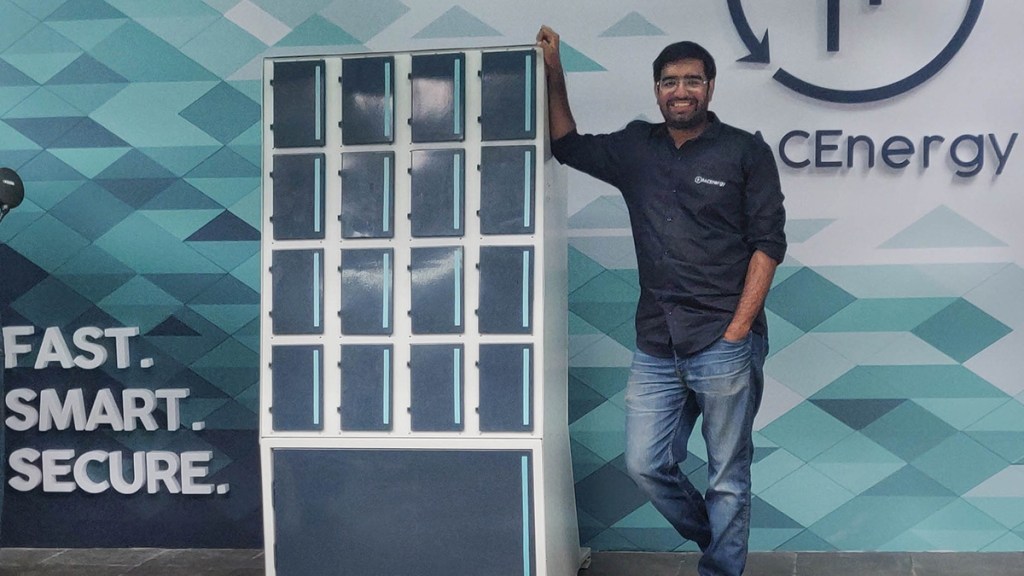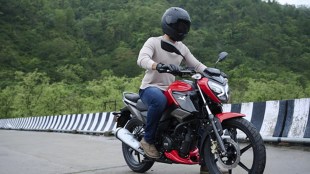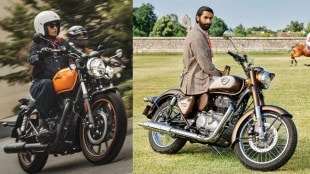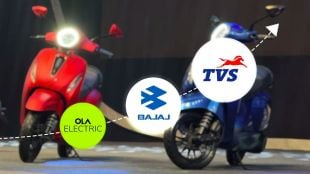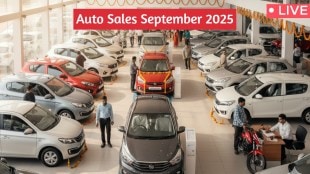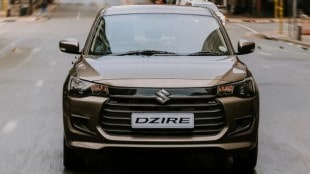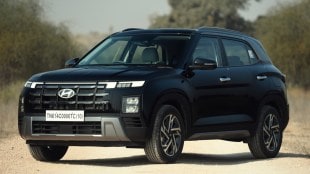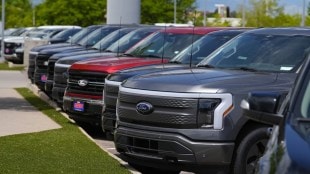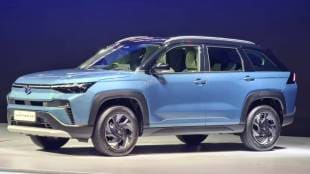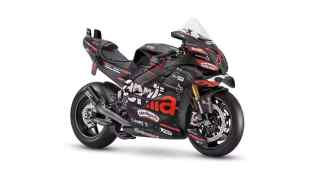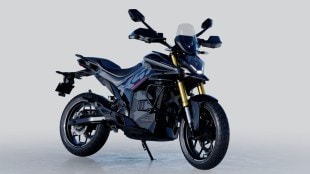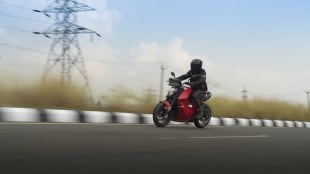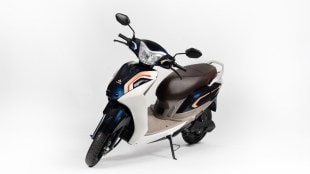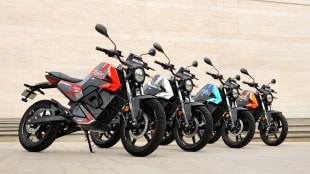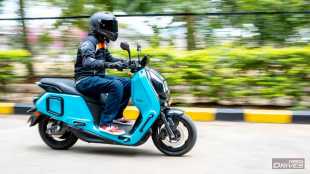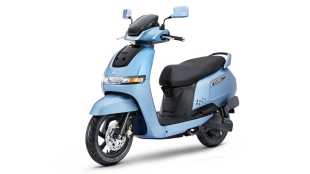While more and more electric vehicles are being introduced in the market, there is still a lot of hesitation among the masses to make the jump from internal combustion engine-powered vehicles. A major cause of concern is the charging infrastructure and the long charging times associated with EVs. RACEnergy hopes to combat some of these issues and build an ecosystem that will encourage people to part ways with ICE vehicles and go for EVs. In an interview with Express Drives, Arun Sreyas, co-founder, RACEnergy spoke about the journey of the company and what new innovations it plans to bring to the table.
What was the inspiration behind the inception of RACEnergy? Also, what are the services that you are providing to EV owners?
We thought, why don’t we come up with a solution that is kind of different from whatever is available right now because clearly, that has not been working. So, we got onto the ground first and we spoke to 400-500 drivers personally. We tried to understand what their problem is, how much they drive and how they drive. We tried to look at it not from a perspective to solve the EV problem but how EVs as a whole could reduce their operational expenditure.
One of the things that we do is build swapping stations. The idea being that the driver does not have to charge the batteries since access to charging infrastructure is tough. So, one can quickly come and just pop in batteries and they are good to go. It reduces the cost for autorickshaw drivers and it is a market that we are targeting. Also, we convert existing vehicles into electric as a quicker means to get these vehicles onboard our platform.
Going forward, what are your plans for expansion?
The plan is to be present in two more markets by mid-2023. The idea is that from there we will expand towards South India. Of course, tier 2 and tier 3 cities are great markets and they will be in a good amount of focus.
The market that we are targeting, being a three-wheeler market, is very localized. You have last-mile delivery and door to door transport system. So, it is easier for us to set up our infrastructure, targeting area after area rather than spreading across the city or the country; something that is not really required at this point of time. Right now, we are piloting with these converted autos. We have even received all the certifications – ARAI and AIS 156.
You were one of the first to get AIS 156 certification for batteries. What was the motivation behind getting AIS 156 certification?
We have spent a lot of time designing these batteries. We know what all is required for this battery, what kind of conditions it will be used in. So, the whole battery itself, be it the cells, be it the way it’s packaged, what sort of shock absorber is there, the temperature it is going to be subjected to, given the swapping nature of the batteries. We also knew what sort of weight would be comfortable because we wanted to be ergonomic. The whole battery weighs less than 10kg. We can actually push this even further to reduce the weight but the manufacturing currently does not support this at this point in time. We are working with our vendors to see how we can support that possibility because right now manufacturing is the constraint but our designs are so good that we slowly have to work with the vendors to see how we can reduce the weight. We are also going to introduce cooling systems in our batteries which will be the first of its kind in the swapping system.
So, we are a very tech-focused company. Even with the battery connector, there is no human intervention in manually connecting and disconnecting the battery. In our case, you just drop the battery inside the dock and the battery automatically connects. This connector also took a while to develop. The battery is heavy and is being taken in and out every day.
There are two kinds of battery certifications. One is AIS 048 which is the one that was used for lead-acid batteries and extended to lithium-ion batteries as well. Then the AIS 156 standard was introduced and it is on par with the international standards. We thought since this is going to be implemented in the future, why should we do AIS 048 and then go to 156. Let us just get AIS 156. It is a much tougher nut to crack but thankfully we did and now we have that certification.

You mentioned that your batteries weigh less than 10kgs. Does the reduction in weight also come with a compromise on capacity?
It depends on how you package your cells inside. Packaging sounds simple but it is a very complicated subject. There is a parallel form of packing cells but you can also stagger the cells slightly. Parallel configuration takes more space but if you stagger the cells, it takes less space. Of course, our cells are staggered to get more packing efficiency. So, it depends on what capacity you want to pack. We have built our battery pack in such a way that they are compatible with newer chemistries and newer technologies that could come up in the future. We have thought about the different form factors that could come and the different things we could do. In short, the size does not necessarily sacrifice on the range of the battery.
What measures are you taking in order to increase the life of a battery and make the whole system more sustainable? Do you have any plans in place for batteries that will eventually become unfit for use in vehicles?
One of the biggest projects any EV startup would take is how you maximise the life of a battery and if possible, push it beyond the rated life of the battery and find alternate use cases. It is constant work and the team puts constant effort to extend the life of each and every component and not just the cell. Everything, of course, revolves around the cells because that is the most precious component inside a battery pack.
We have been able to get more and more life with every iteration we had. We collect a lot of data from the battery itself. We see how the battery performs and we analyze it. What the temperatures are, what is the discharge, what is the SoC percentage, how is the health of the battery is deteriorating with time. Of course, the goal is to elongate it as much as possible. At the end of the day, once the battery is at a point where it can no longer be used for this application, we are also exploring ways to see how we can refurbish it and reuse it in some other application. I think storage is a very good end of life application for batteries that come out of EVs.
What kind of data are you collecting from users, if any? Do you plan to share it with the OEMs you work with as well?
Currently, we are just keeping the data to ourselves and we do not share it with anyone at this point in time. The data that we collect is to mostly do with the parameters of the battery and the parameters of the vehicle as well. We do this to improve the life of the battery and sometimes even help the drivers become more efficient with their driving. We have built a great back-end system that can track all of this. Our operations team also looks into it and has a constant feedback with the driver.
Do you plan to use the data you collect to predict the charging patterns of users and try to reduce the downtime for people, especially people in the commercial segment?
Yes, we are definitely going to use the data to predict charging patterns. Another interesting application could be how we deploy our swapping stations. We have first-hand information on how the traffic flows, what are the touchpoints that the vehicles go to. Just having a glance at this data, we know that this is the perfect space to set up a swap station. We can define how we are charging our batteries as well. The slower you charge your batteries, the longer they live.
Popping up all these fast-charging stations across the city is going to put a lot of stress on the grid. It is not just in India but across the world, in the US as well, this is becoming a very big challenge and it’s going to be a much bigger challenge going forward. So, you want to be careful of that because just upgrading the grid is not going to happen in a matter of a few years. I think it takes a decade’s worth of effort. So, you want to be conscious of that, we want to be as easy on the grid as possible.
EVs have been seeing more and more adoption lately but a large portion of the market is still not fully aware of the ecosystem. How do you plan to educate your potential customers about the benefits of EVs?
Our approach was to mimic the experiences that they (drivers) are already having. The liquid petrol that you have is now just a solid battery and the swapping mimics the whole experience. So, when we approach a customer we try to give as many analogies as possible. For example, the auto-rickshaw segment is not new to retro fitment. LPG and CNG were driven through them and they were retrofit kits. And they perfectly understand. I think more than any segment, it is the auto-rickshaw segment that understands retro fitment and swapping the most.
Another thing is that you are moving from a manual to an automatic driving system. It is often overlooked but the drivers spend a good 8-14 hours a day driving and they have to operate the clutch and gear. This adds a lot of strain, especially during peak hours. One of the bigger value propositions that we give to the driver is that we transform their lives and transform how they drive. They are no longer sitting inside a machine that generates a lot of pollution, they don’t have to smell it all the time. It’s not making noise, it’s not vibrating a lot, so the customers who are sitting at the back are also very happy. And at the end of the day, the driver can drive more because they are not stressed out as much.
